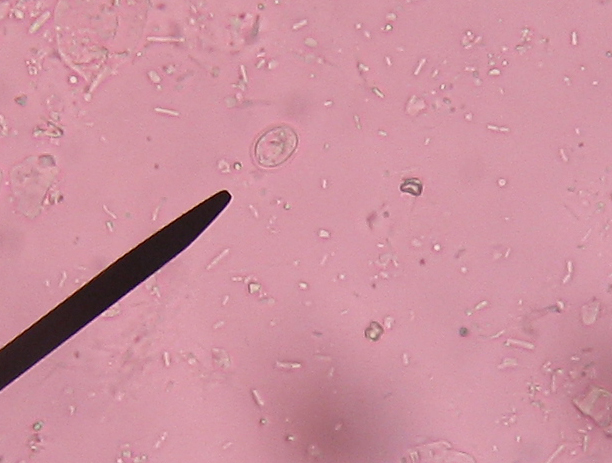Veterinary Parasitology: Diagnosing and Treating Parasites in Dogs and Cats
- AVMA
- NAVLE
2.
You may optionally provide this to label your report, leaderboard, or certificate.
×
Thank you for your feedback!
















